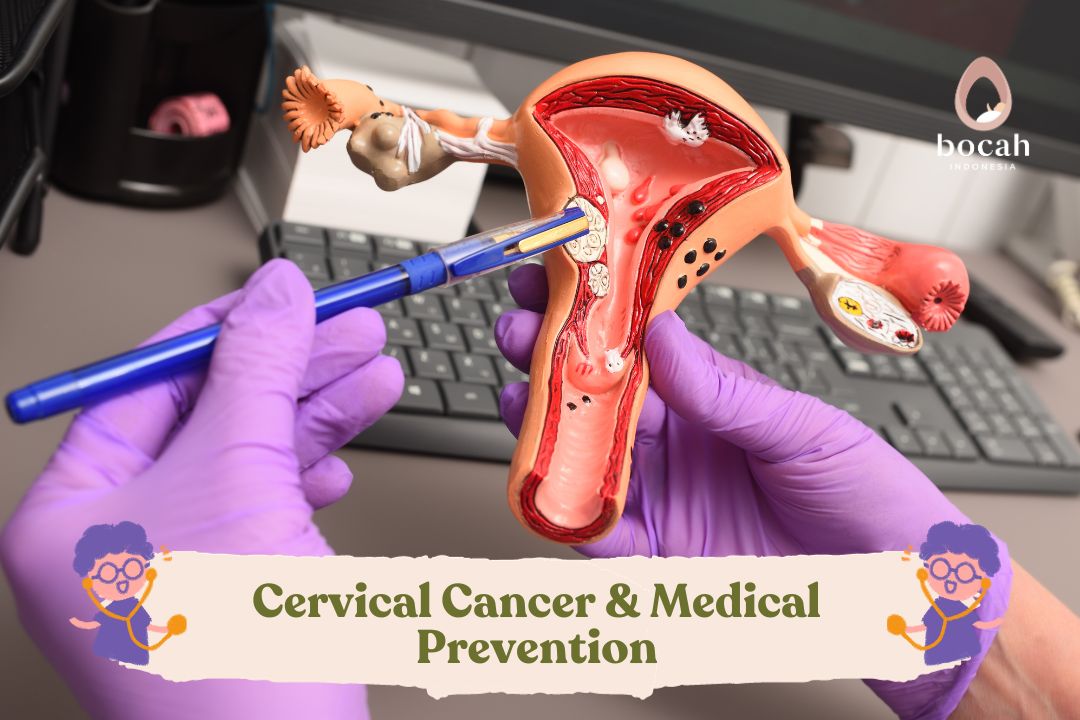Testis Anatomy and Its Static Functions

Testes play a crucial role in the male reproductive system. The optimal functioning of the testes depends on their anatomy and respective functions, one of which is the seminiferous tubules. Healthy reproductive organs help parents increase their chances of pregnancy. One of the reproductive organs with a vital role is the testis. The testis or testicle also has several parts and their respective functions. The testis consists of several parts, namely the seminiferous tubules, efferent ducts, rete testis, and tunica.
Testis Anatomy and Functions
The testis plays a primary role as the site for producing and storing sperm. However, behind its function, there are several parts of the testis that play an important role in the male reproductive system, as follows.
1. Seminiferous Tubules
One crucial part of the testis is the seminiferous tubules. The function of the seminiferous tubules is to produce the hormone testosterone and sperm. The seminiferous tubules are shaped like coiled tubes. Seminiferous tubules are tissue formed like a collection of small blood vessels. This tissue is also the most abundant part of the testis. Having an essential function, the seminiferous tubules are equipped with a layer of tissue called epithelium. It is in this epithelial layer that Sertoli cells participate in sperm production and play a role in the sperm formation process (spermatogenesis).
2. Rete Testis
This part of the testis serves to assist sperm in moving towards the epididymis. After being produced by the seminiferous tubules, sperm will move towards the epididymis. After passing through the rete testis, sperm will mix with the fluid produced by the Sertoli cells. The rete testis helps sperm move with microvilli towards the epididymis because sperm cannot swim on their own. Microvilli are tissue structures that resemble fine hairs.
3. Efferent Ducts
Another part of the testis is the efferent ducts, which are shaped like pipes that connect the rete testis to the epididymis. Eventually, sperm will be stored in the epididymis until they mature and are ready to be ejaculated. If, in the rete testis, sperm will be mixed with the fluid produced by the Sertoli cells. In the efferent ducts, this fluid will be absorbed as needed, so the semen to be ejaculated has a thicker texture.
Tanya Mincah tentang Promil?
4. Tunica
The last part is the tunica. The testis is surrounded by several layers called tunica. The tunica is divided into 3 layers that surround the testis:
- Tunica vasculosa: The first layer’s role is to protect the inner part of the testis containing blood vessels.
- Tunica albuginea: The second layer’s role is to protect the testis, which is made of dense fibers.
- Tunica vaginalis: The outermost layer’s role is to protect the testis.
Health Issues Affecting the Testes
Like other body organs, the testes can also be at risk of health issues. These can range from mild to severe and can affect a father’s fertility. Here are some health conditions that can affect the testes:
- Varicocele: A condition of swelling in the blood vessels around the testes.
- Testicular injury: A condition that causes injury or trauma to the testes.
- Testicular torsion: A condition where the testicular cord, a tissue in the testis, twists, disrupting blood flow to and from the testes.
- Hydrocele: Accumulation of fluid around the testes causing testicular swelling.
- Orchitis: Inflammation of the testes caused by viral or bacterial infection.
- Testicular cancer: This testicular disorder is caused by the uncontrolled growth of abnormal cells in the testes.
How to Maintain Testicular Health
Reproductive organs are essential organs that need to be maintained for optimal health. For fathers, it’s important to know how to take care of their testicular health.
- Regularly maintain scrotal hygiene during bathing.
- Try to wear loose-fitting clothing to ensure that the temperature of the testicles and scrotum does not increase.
- Practice safe sexual activities using contraception such as condoms. Remember not to change sexual partners frequently.
- Don’t forget to perform self-examinations to detect any lumps or abnormalities by gently feeling the scrotum.
This information provides insights into testis anatomy, functions, and how to maintain testicular health. If you notice anything different or unusual with your testicles, seek medical attention promptly for the appropriate treatment.
Interested in learning more about fertility and pregnancy-related information? Read more articles on Bocah Indonesia.










